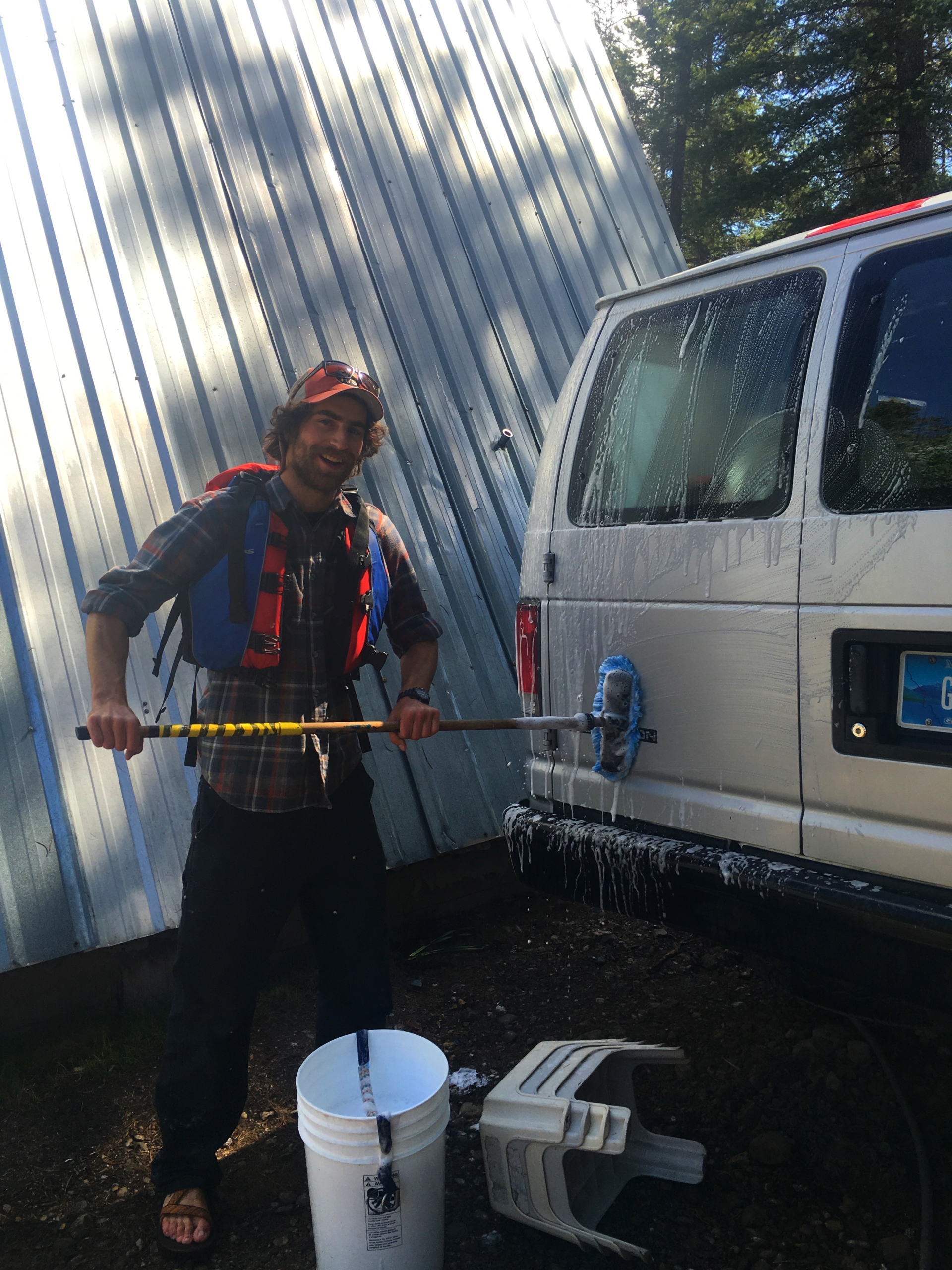Glacier Guides and Montana Raft: Our Tips On Being An Environmentally Responsible Business
For many years, employees at Glacier Guides and Montana Raft have worked on a program to help our company become a more environmentally responsible business. We provide rafting, hiking, fishing, biking, lodging, and equipment rentals in and around Glacier National Park. As such, we rely on a healthy environment. The program that we have been a part of is called UnCommon Sense, and we are now official graduates (yahoo!).
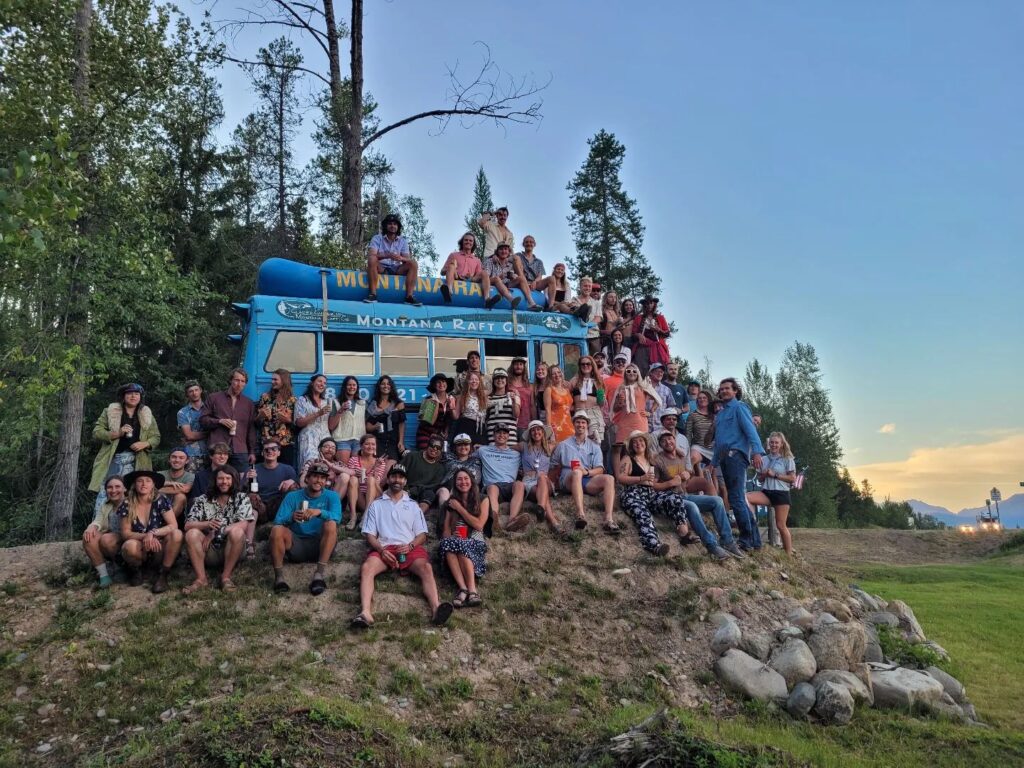
I realize this is not the type of information we normally write about, but I wanted to share some of the things that we examined to make improvements in our quest to be more environmentally responsible. We hope that others will look at these and try to make improvements in their own businesses (and lives).
1. Waste – take a look at your garbage and recycling.
Questions to ask: Are there things that we could reuse, repurpose, recycle, or replace with something that didn’t need to be thrown away at all? Can someone else use it if we can’t? Is there anything that we can do without entirely?
Actions: Reduce. Purchase responsibly. Make it easy for people to recycle. Educate about what can and can’t be recycled. Motivate people to get it done. Always look for new alternatives. We improved our waste stream by having more streamlined and signed recycling bins, cutting back on unnecessary printing, not selling bottled water, composting food waste, getting rid of single-use items, and trying to buy things with less packaging.

NOTE: Don’t contaminate the recycling. In many cases, if you throw something that cannot be recycled into a bin of recyclables, the whole bin will go to the landfill. Find out what items can be recycled where you live. Just because it has a recycle symbol on it – does not mean that you can recycle it.
Why it’s a good thing to improve waste stream management: Besides the fact that there are only so many places to put your trash, for many people, waste is something that you have to pay for. There are usually fees for pick up and disposal, so the less you have, the less you pay for. Sometimes you can even make money on what you recycle, such as aluminum, steel, or glass. It may seem small, but it adds up. It may not be in your backyard, but it’s in someone’s.
Resources: Recycling Facts, Recycling Benefits, Waste Not Project, Ideas to Reduce your waste, Tips to reduce food waste, Fridge tricks that save you money.
2. Purchasing: Are you purchasing as environmentally responsible business?
Questions to ask: What are you buying? What is it made from? Where is it being made? How far does it travel to get to you? How long will it last? What happens to it when you can’t use it anymore? Do you really need it? Also, do you want to support local businesses? Do you want something environmentally friendly? What are alternatives to a product?
Actions: We had to find out what was most important to us. For instance, some products were eco-friendly, but shipped around the world to get to us, while other products had recyclable packaging, but were not the best quality, and hence short-lasting. A few of the products that we sought better alternatives for were paper, cds, t-shirts, vegetables, flooring, copier ink, appliances, beverages, cleaning products, and outdoor gear. In many cases, alternative choices were similar in pricing and in some cases we saved money.
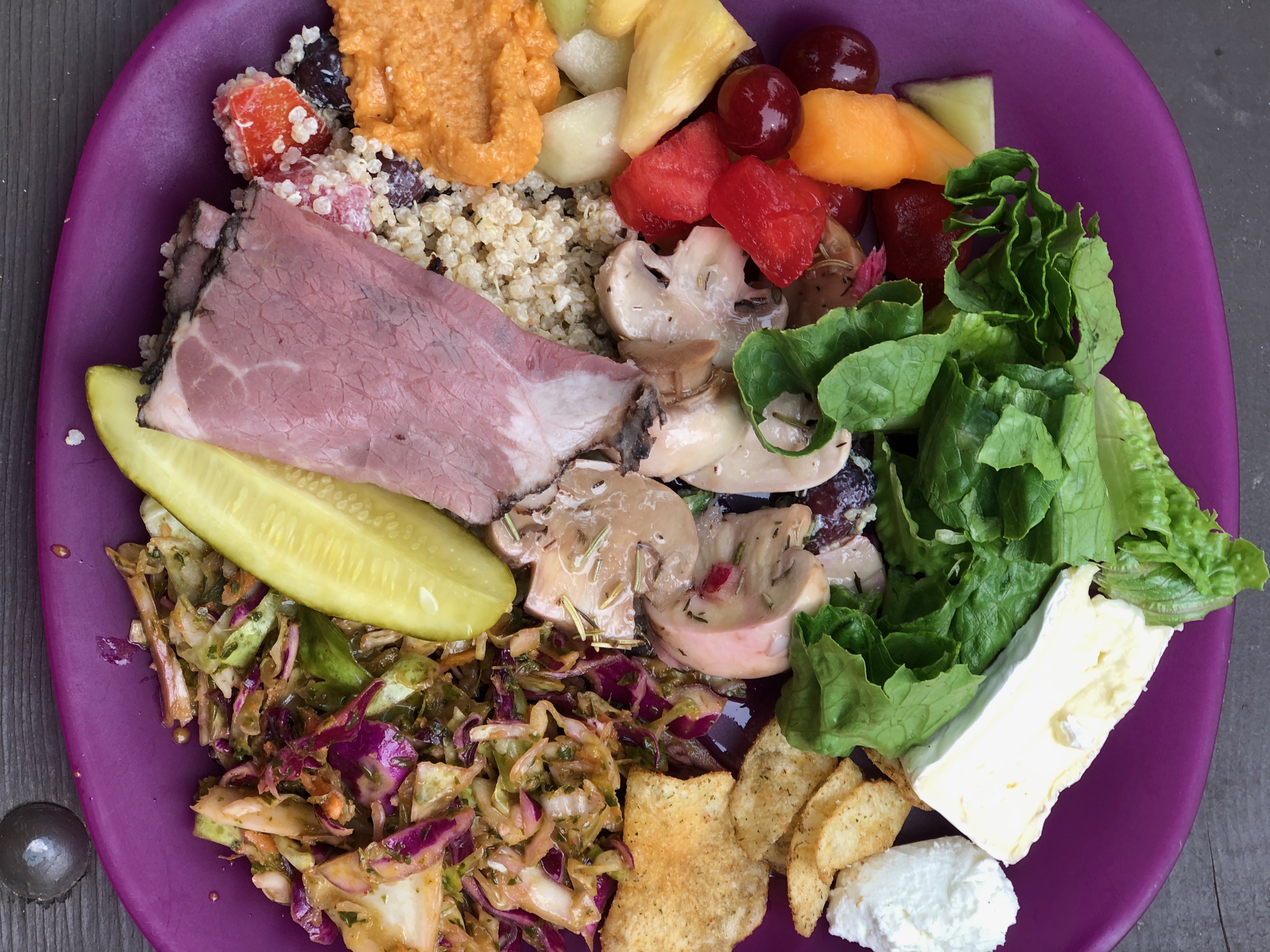
NOTE: Do your research. Researching products takes time, but can make a huge difference in quality and cost. If you are looking at packaging, make sure that the area that you live in can recycle it.
Why it’s a good thing to improve purchasing practices: Supporting local business is good for your community and buying things that are environmentally friendly is good for people and animals. Looking at the life cycle of a product will help show you the impact a product has in areas where a product is made or dies. Some of the most influential impacts that you can make are in your purchasing.
Resources: Made in the USA, Earth Friendly Products, Green Product Labels.
3. Energy: What type and how much do you use?
Questions to ask: How much energy are you using? What uses energy? What behaviors impact your energy consumption? Are there ways to limit your use? Are there alternatives with less negative impacts?
Actions: We tracked our energy usage for 4 years to see what our trends were. Our usage was high in the summer (A/C) and winter (heat). Then we looked at things that we could do to improve it. The easiest ways to impact our bills were turning down heat or AC by a few degrees, installing energy efficient lighting/appliances, and making sure buildings are insulated well. We also put up signage as a gentle reminder to create new habits.
NOTE: Depending on money and where people live, there are several options. Solar, wind, installing better insulation, and energy efficient appliances/lights are some of the alternatives, but cost money (however, in some cases the return on investment can be very short). Less expensive changes are simply educating people about turning off lights/computers/appliances and turning down heat/AC when not needed.
Why it’s a good thing to improve energy use: Save money and the environment. Saving money is good for the economy and our community. By using less we can limit negative impacts from creating energy. Plus we enhance our energy independence.
Resources: Energy Saving Tips, 100 Ways to Save Energy.
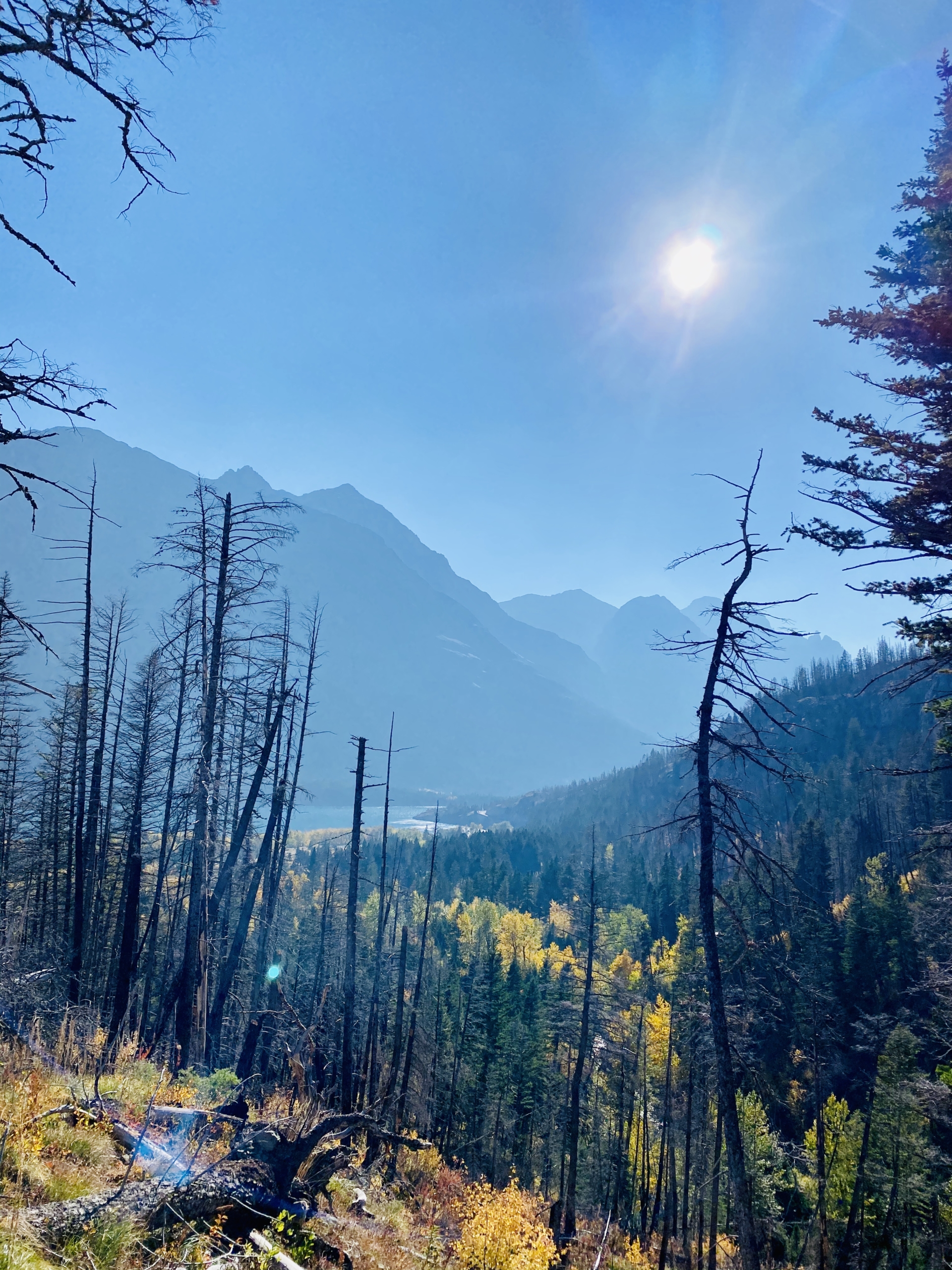
4. Water: How much are you using?
Questions to ask: How much water do you use (look at your meter if you have one)? Are your faucets, showerheads, toilets and spigots water efficient? Do you have any leaks? Are there behaviors that impact your water use? What can you do to limit your use? Are rain-holding barrels an option? Can you use your gray water?
Actions: Check your meter if you have one to get a baseline of what you use. We checked the water flow on all of our faucets, showerheads, toilets and spigots then made improvements (aerators on faucets, sprayers on hoses) if they where not considered efficient. Educate people on ways they can conserve water. Using rainwater with holding barrels is a great option for plants and flowers.
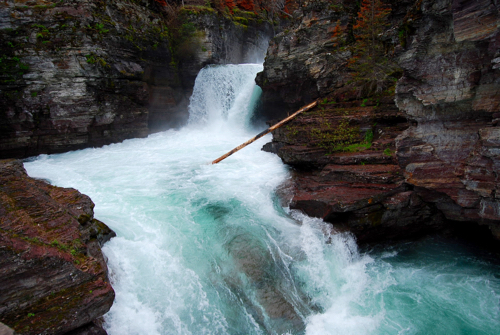
Why it’s a good thing to improve water use: Water is essential to humans (and plants and animals). Many areas have been experiencing drought and taking too much from water tables. Plus, for anyone who has to pay for water… saving water saves money.
Resources: Water Saving Tips, Conserving Water, Reasons why saving water is good for you, 196 Unexpected ways to save water at home.
5. Transportation: How far are things traveling to or from your business?
Questions to ask: How many miles are driven? How many miles do people/things travel to get to you? What type of fuel do you use? What behaviors impact your transportation? Are there alternatives? Is carpooling an option? Can you get things shipped in bulk, or can you ship less frequently?
Actions: We looked at how many miles were tallied in our direct operations, commuting miles, air miles, and shipping miles from product coming in or out of our business. Ways we found to cut back on miles driven and gas used were ridesharing/carpooling, looking at people per vehicle efficiency, purchasing locally, buying in bulk/shared purchasing, keeping tires inflated, driving fuel-efficient cars, and telecommuting (just to name a few).
Why it’s a good thing to improve transportation: Less miles driven saves on vehicle maintenance, uses less gas/resources, and saves you money.
Resources: Reduce the Juice, MPG for Speed, Eco-driving tips, Energy saving tips, Fuel choices, Best and least fuel efficient cars.
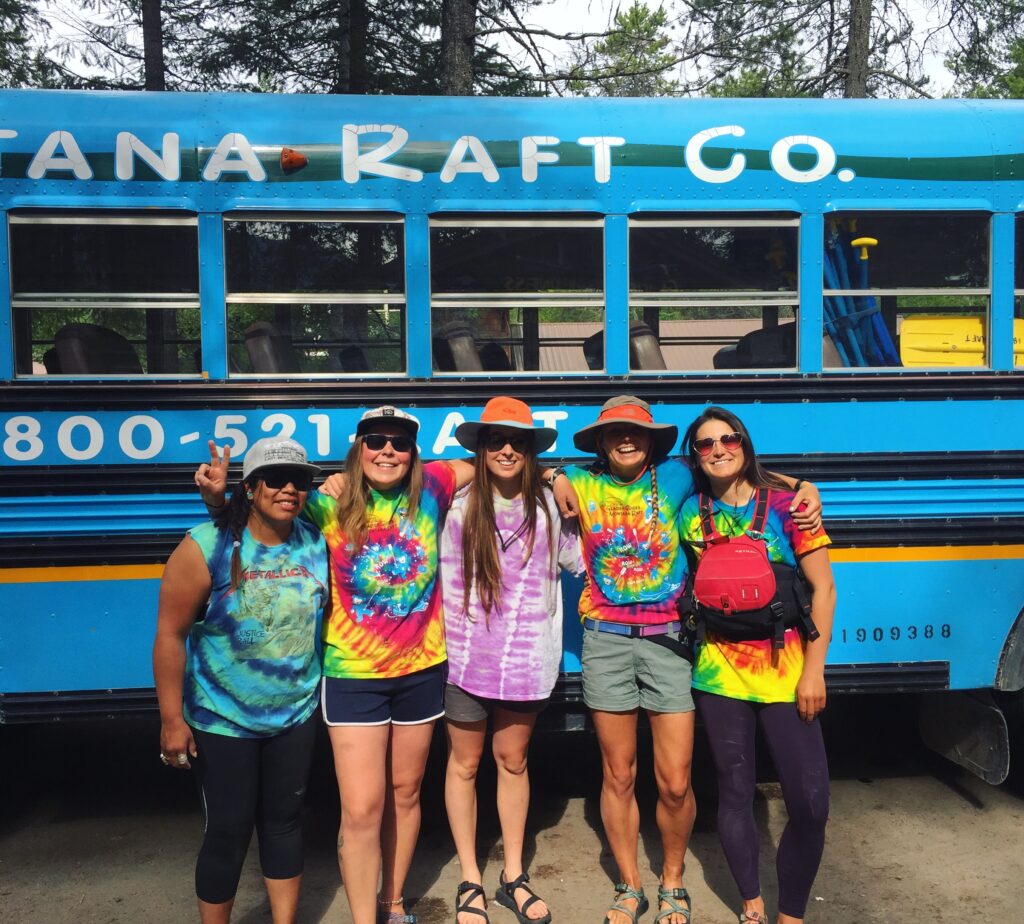
Also, It Feels Good To Be An Environmentally Responsible Business
This is a process that takes time and commitment. I hope this list helps you see how you can look at your business or life and make changes. Start with the easy stuff, the “low-hanging fruits.” Choices are different for everybody based on many different things (availability, options, environments, money, etc…).
I can tell you from experience, when you see positive changes, it is very gratifying and motivating. And especially to keep going! For us, graduating from this program is not the end, it’s just the beginning.
We’re proud to be an ever evolving environmentally responsible business!
